It's a common scenario for drivers: you're cruising down the road, enjoying the drive, and suddenly, a beep interrupts your journey, accompanied by a symbol lighting up on your car's dashboard. You instinctively wonder what this unexpected visitor on your dashboard means and whether it spells trouble for your vehicle.
Understanding the types of Dashboard Symbols
Your car's dashboard features a variety of symbols, each serving a distinct purpose. Some symbols indicate the status of vehicle features such as lights and cruise control, while others relate to safety systems like blind-spot monitoring and lane departure warnings. Additionally, certain symbols alert you to mechanical issues such as low tire pressure or engine temperature concerns.
Understanding the significance of dashboard light colors is crucial. Green or blue lights typically signify that a system is active or operating normally. However, orange or yellow warning lights indicate that your vehicle requires servicing or repairs soon. These warnings are less severe compared to red lights, which demand immediate attention. Red lights can represent safety reminders like seat belt alerts or mechanical problems such as engine overheating. Ignoring red emergency lights can lead to serious vehicle malfunctions or damage.
Keep in mind that dashboard symbols may vary slightly depending on your car's make and model. If you're unsure about a specific symbol, consulting your vehicle's owner's manual is recommended. Additionally, during vehicle startup, many dashboard lights briefly illuminate as part of system checks. If these lights turn off shortly afterward, it indicates that everything is functioning normally.
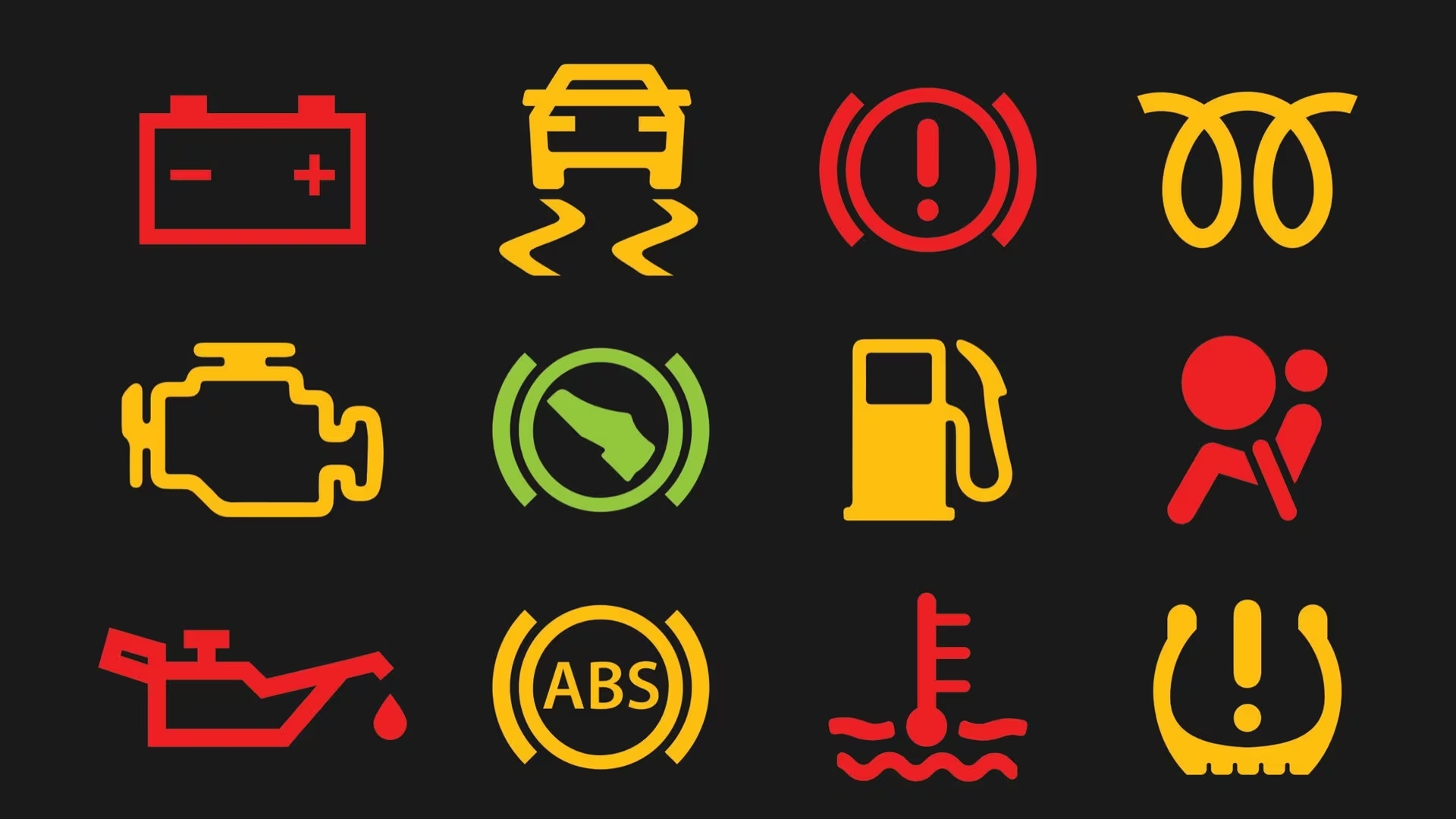
Also read: 10 ESSENTIAL ELECTRIC VEHICLE MAINTENANCE & SERVICE TIPS
18 Warning Indicators on Your Car’ Dashboard
Oil Pressure Warning Light:
What It Means: This light, often depicted as an old-fashioned oil can, indicates a potential issue with your car's oil pressure system. It could signal low oil levels or a malfunction in the oil circulation system.
What To Do: Immediate action is crucial. Pull over safely, turn off the engine, and check the oil level using the dipstick. Low oil levels require adding oil. If the oil level is fine and the engine runs smoothly, it might indicate an oil pump or sensor problem, warranting professional inspection.
Tire Pressure Warning Light:
What It Means: The Tire Pressure Monitoring System (TPMS) light illuminates when one or more tires have low pressure or high pressure.
What To Do: Stop at a safe location to check tire pressure manually. Inflate or deflate tires as needed to match the recommended pressure. TPMS sensor issues require professional attention.
Engine Temperature Warning Light:
What It Means: This light indicates engine overheating, often related to coolant (antifreeze) problems.
What To Do: Turn off the engine immediately to prevent damage and let it cool for at least 15 minutes. Check the level of your coolant and top up if necessary. If the problem persists, seek professional help to diagnose and repair cooling system issues.
Traction Control Light:
What It Means: Activated when the traction control system engages to prevent wheel slip on slippery surfaces.
What To Do: Continue driving cautiously, especially in adverse weather conditions.
Anti-lock Braking System (ABS) Warning Light:
What It Means: Indicates an issue with the ABS, which prevents wheels from locking up during hard braking.
What To Do: Have the ABS system checked promptly by a qualified mechanic to ensure braking safety.
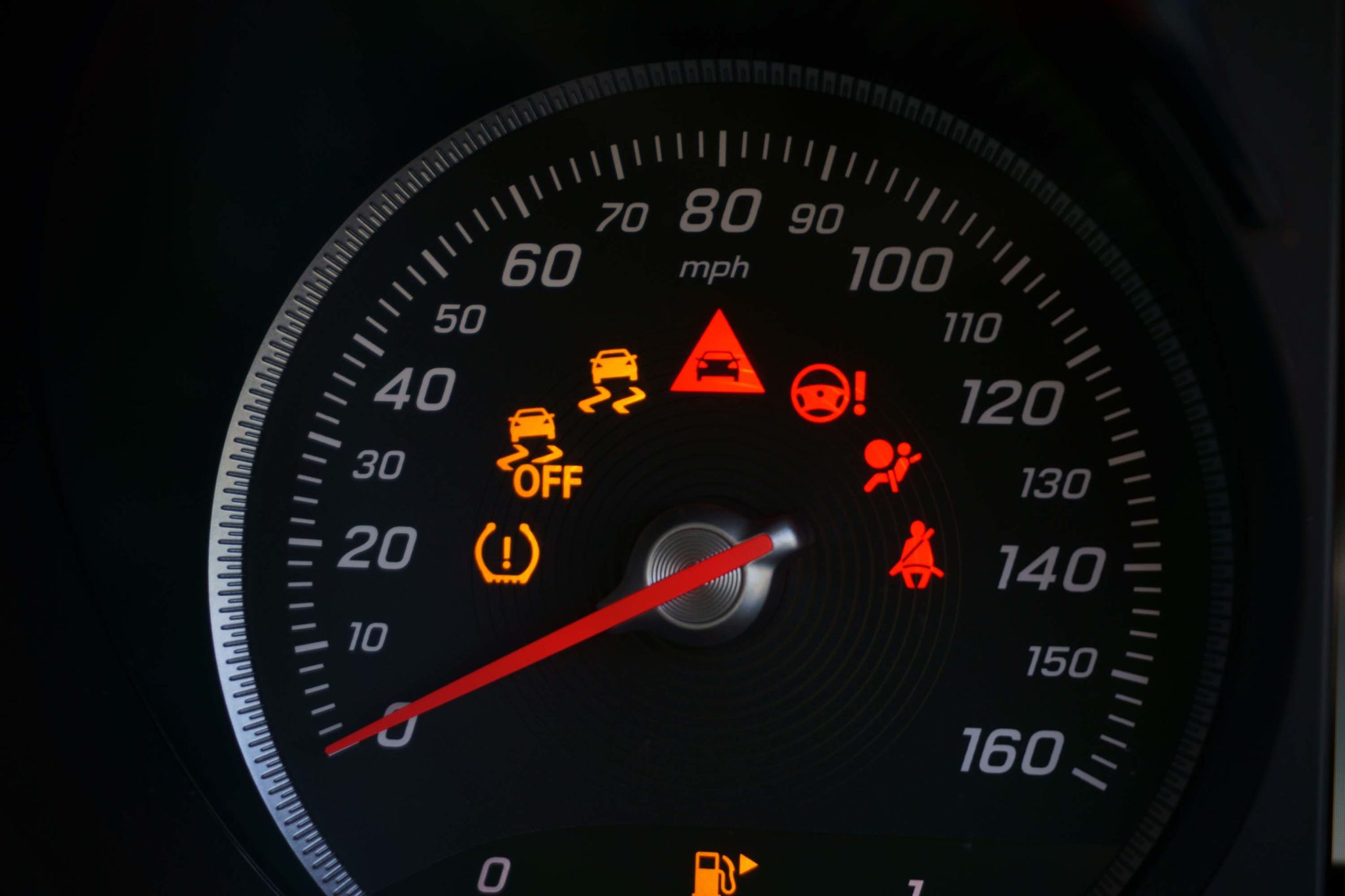
Traction Control Malfunction Light:
What It Means: Signals potential malfunctions in the traction control system or related components.
What To Do: While it may not impact immediate safety, get it inspected to maintain optimal vehicle performance.
Check Engine Light (Engine Warning Light):
What It Means: Illuminates for various engine-related issues, ranging from minor to severe.
What To Do: If steady, it indicates a potential problem that needs attention soon. If flashing or red, stop driving immediately to prevent serious engine damage.
Battery Alert Light:
What It Means: Indicates problems with the charging system, battery, or electrical components.
What To Do: Have the battery and charging system inspected promptly to prevent breakdowns.
Low Fuel Indicator Light:
What It Means: Simple warning of low fuel levels.
What To Do: Refuel at the earliest opportunity to avoid running out of gas unexpectedly.
Auto Shift Lock or Engine Start Indicator Light:
What It Means: Reminds you to engage the brake before shifting gears or starting the engine.
What To Do: Ensure the brake pedal is pressed before attempting to shift gears or start the engine.
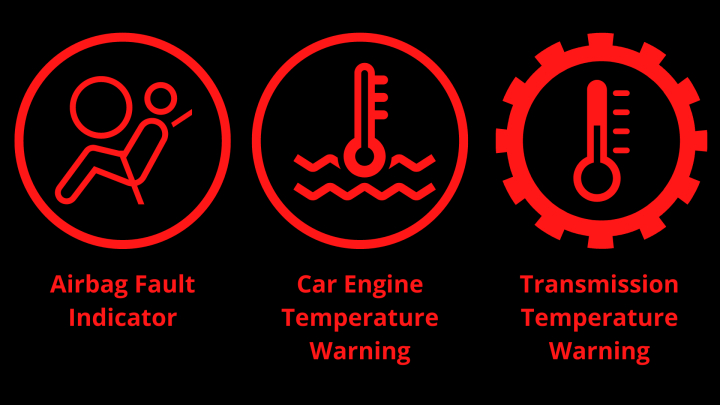
Seat Belt Reminder Light:
What It Means: A visual reminder to fasten your seatbelt.
What To Do: Buckle up for safety. Seat belts reduce the risk of serious injuries in accidents.
Airbag Warning Light:
What It Means: Signals a problem with one or more airbags or the entire airbag system.
What To Do: Get your car checked immediately to ensure airbags deploy correctly in case of an accident.
Security Indicator Light:
What It Means: Indicates the vehicle's security system status.
What To Do: Follow instructions in your owner's manual if the system malfunctions or if there's a security threat.
Fog Lamp Indicator Light:
What It Means: Shows that your fog lights are activated.
What To Do: Use fog lights only in low visibility conditions, such as fog or heavy rain.
Washer Fluid Indicator Light:
What It Means: Indicates low windshield washer fluid levels.
What To Do: Refill the washer fluid reservoir to maintain clear visibility.
Brake Warning Light:
What It Means: Warns of potential brake system issues or the parking brake being engaged.
What To Do: Check if the parking brake is released. If the light stays on, seek professional brake system inspection.
Lane Departure Warning Light:
What It Means: Alerts when the vehicle drifts out of its lane without signaling.
What To Do: Correct your steering or signaling to stay within the lane.
Transmission Temperature Warning Light:
What It Means: Indicates transmission overheating, often due to low fluid levels or mechanical issues.
What To Do: Pull over safely, allow the transmission to cool, and seek professional diagnosis and repair.
Understanding these dashboard warning lights empowers you to take timely action, ensuring your vehicle's optimal performance and your safety on the road. Regular maintenance and prompt response to warning lights are key to a smooth driving experience.
Also read: Understanding Global NCAP Ratings
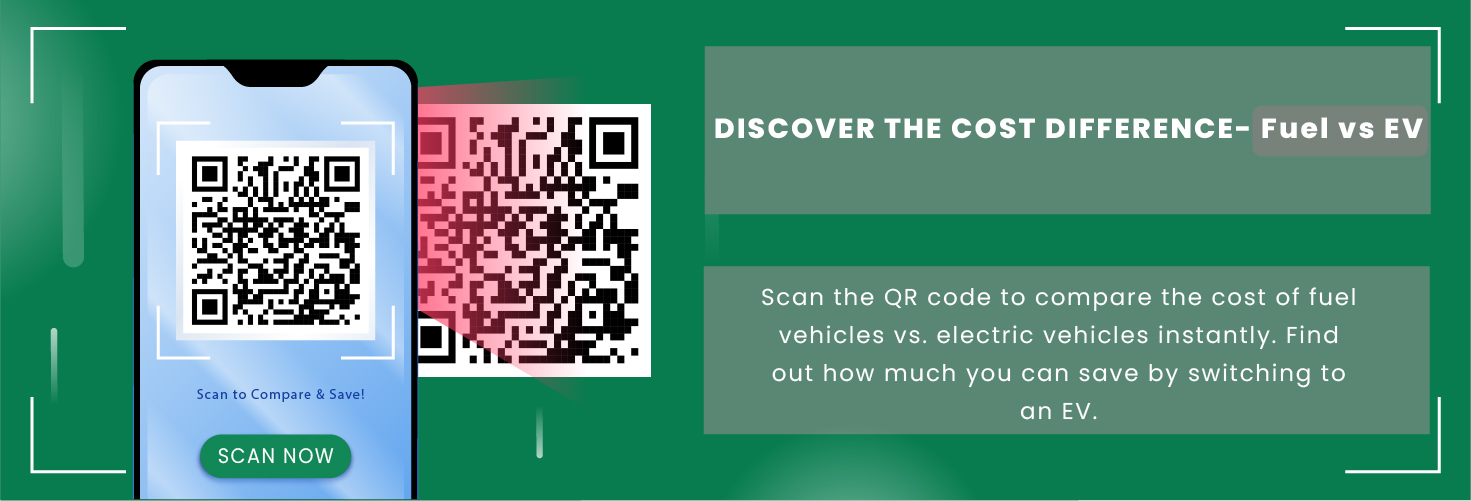

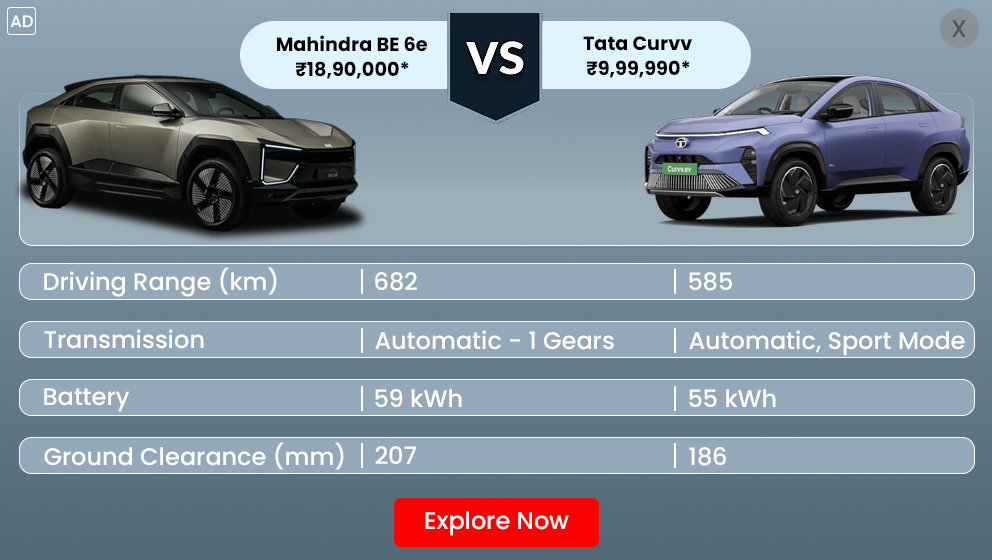

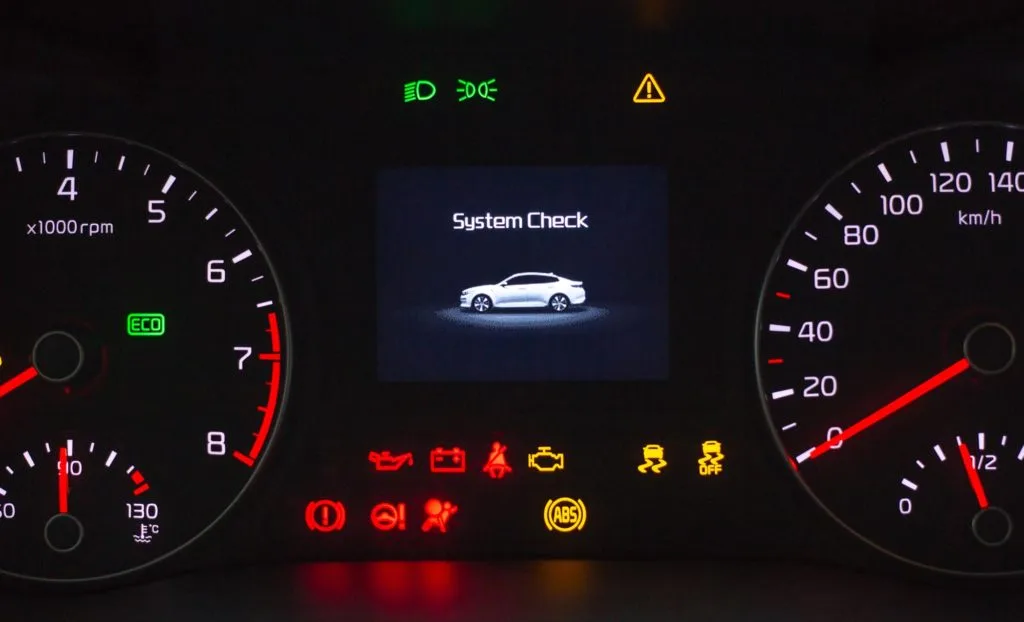


_1766570474.webp)

_1766557873.webp)
_1766486282.webp)